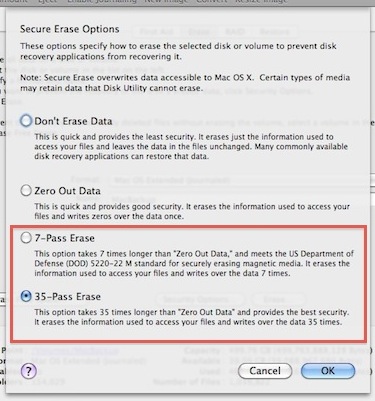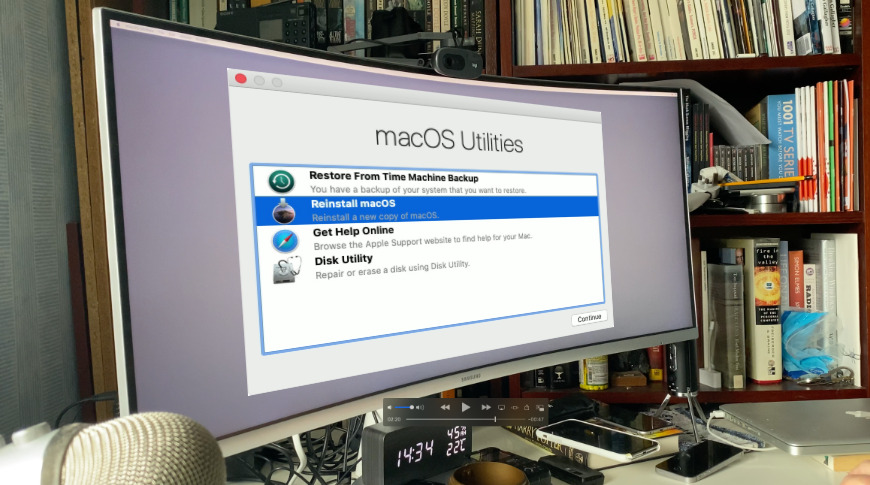

- #Os x disk repair mode how to
- #Os x disk repair mode mac os x
- #Os x disk repair mode code
- #Os x disk repair mode password
- #Os x disk repair mode mac
#Os x disk repair mode mac
To do this, start your Mac in single-user mode. This is the thing you should try last, as Disk Utility in the recovery environment may work better and be more capable. You don’t need to do this if any of the above steps worked. In some cases, even Safe Mode or Disk Utility in OS X Recovery won’t be enough to fix problems. You may need to boot your Mac into single-user mode and run the fsck (file system check) command the old-fashioned way.
#Os x disk repair mode mac os x
The Disk Utility interface is the same one you’ll see on your Mac OS X desktop, but run it from here and it’ll be able to repair problems with your system drive. Select the drive or partition you need to repair and click the “First Aid” button. In OS X Recovery, click the “Disk Utility” shortcut to launch the Disk Utility here. (If recovery mode doesn’t appear, restart your Mac and try pressing the keys again.)

Your Mac will load straight into recovery mode. You’ll see a progress bar appear, and you can release the keys after you do. Press and hold the “Command+R” keys while it’s booting. Your Mac will be able to fix errors on your system drive from recovery mode. From there, you can use Disk Utility in the same way. The solution is to boot into a special recovery mode. It can’t make changes to that system drive while it’s running from it. This is because it’s running in “live mode” - examining the disk while the operating system is running from it. However, in some cases, your Mac may find disk or file system problems and be unable to repair them when you perform the above steps. Ideally, that should be the end of it - especially if you used the safe mode trick above. RELATED: 8 Mac System Features You Can Access in Recovery Mode When it’s done logging in and you see a desktop, the disk check is done. This will make the login process take longer than normal, so be patient.
#Os x disk repair mode password
Sign in with your password and your Mac will then check your disks. To do this, restart your Mac and hold “Shift” while it’s booting. Safe Mode, sometimes called “Safe Boot,” contains an automatic startup check and repair that can fix these problems. One simple way to fix such errors is to boot your Mac into Safe Mode. RELATED: Troubleshoot Your Mac With These Hidden Startup Options
#Os x disk repair mode code
An exit code of “0” is a good thing, and means no errors were found. You’ll see messages like “Storage system check exit code is 0” and “File system check exit code is 0” here. You can click the “Show Details” drop-down message to view detailed information about any errors it encounters. If it finds any errors, it will attempt to automatically fix them for you. It depends which you select in the sidebar.Ĭlick “Run” and your Mac will check the disk you selected for errors. repairVolume can't be used with the OS X volume after you have started up from it.You can either run the First Aid function on an entire disk, or an individual partition on that disk. But it seemed to do the same operations as repairing the drive from Disk Utility.

See diskutil list or df -h for the identifier of the drive.ĭiskutil repairDisk /dev/disk0 showed a warning like Repairing the partition map might erase disk0s1, proceed? (y/N), where disk0s1 is the EFI partition.
#Os x disk repair mode how to
You could try saving this as ~/Library/LaunchDaemons/ist, but I don't know how to run it only after unclean reboots (or why it would be needed).

Mounted or unmounted at it was before the command. TheĪppropriate fsck program is executed and the volume is left Repair the file system data structures of a volume. Required it must be a whole disk and must have a partition Physical Volume partitions, and the provisioning of spaceįor boot loaders. Include, but are not limited to, the repair or creation ofĪn EFI System Partition, the integrity of any Core Storage Repair the partition map layout of a whole disk intended forīooting or data use on a Macintosh. It says that you don't normally need to run fsck with journaled HFS+ volumes.įrom the diskutil man page: repairDisk device The OS X volume is verified when starting up in safe mode:ĭo you mean repairing the drive, repairing the main OS X volume, or running fsck? recommends first starting up in safe mode (which includes repairing the OS X volume), or if that doesn't work, repairing the drive or OS X volume from Disk Utility on the recovery partition. The verbose startup output looked the same after a normal restart, a hard restart, and a kernel panic: I don't know if OS X already performs some extra checks after hard shutdowns or kernel panics.


 0 kommentar(er)
0 kommentar(er)
